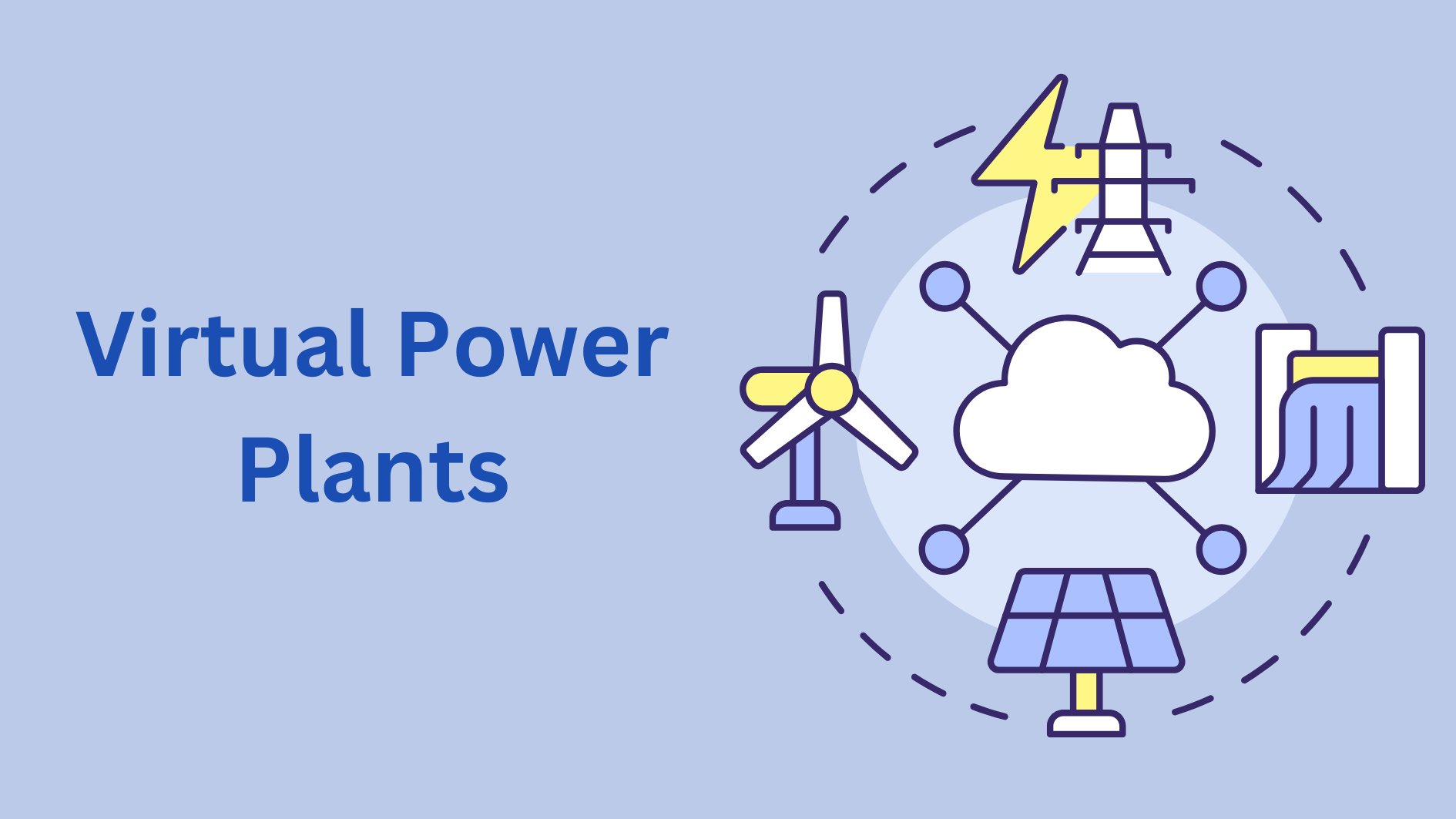Image source: Canva.com
In the ever-evolving world of energy, one concept is gaining significant attention: Virtual Power Plants (VPPs). These innovative systems promise to revolutionize how we produce, store, and distribute electricity, paving the way for a more sustainable and resilient energy future. But what exactly are VPPs, and why are they becoming a cornerstone of modern energy strategies? Let’s delve into the essentials of virtual power plants and their transformative potential.
What is a Virtual Power Plant?

A Virtual Power Plant is a network of decentralized energy resources, such as solar panels, wind turbines, battery storage systems, and even electric vehicles, connected through advanced software. Unlike traditional power plants that rely on a single centralized source, VPPs aggregate and manage multiple small-scale energy producers to operate as a unified entity.
Through smart algorithms and real-time data, VPPs optimize the generation, storage, and distribution of electricity. This coordination ensures the efficient use of energy resources, reduces waste, and enhances grid reliability.
How Do Virtual Power Plants Work?
VPPs leverage cutting-edge technologies, including:

Internet of Things (IoT)
Devices and sensors within the network communicate seamlessly, sharing data on energy production, consumption, and storage.

Artificial Intelligence (AI)
AI-driven platforms analyze this data to predict demand, manage resources, and identify the best times to distribute energy.

Cloud Computing
Centralized control systems operate in the cloud, ensuring scalability and real-time management of distributed assets.
For instance, a VPP might draw excess energy from residential solar panels during the day and store it in batteries. In the evening, when demand peaks, the stored energy is dispatched to the grid or directly to consumers, balancing supply and demand efficiently.
Benefits of Virtual Power Plants
Virtual Power Plants offer a host of advantages that make them a compelling solution for the energy challenges of today and tomorrow:
Enhanced Grid Stability
By distributing energy resources across multiple locations, VPPs reduce the risk of power outages and system failures.
Increased Renewable Energy Integration
VPPs facilitate the seamless incorporation of renewable energy sources, accelerating the transition to a low-carbon future.
Cost Savings
Efficient energy management reduces operational costs for utilities and offers financial incentives to participants.
Energy Resilience
In the face of natural disasters or unexpected surges in demand, VPPs provide a flexible and reliable energy supply.
Empowered Consumers
Homeowners and businesses can monetize their surplus energy, turning passive consumers into active participants in the energy market.
Challenges and the Road Ahead
Despite their promise, VPPs face challenges such as regulatory hurdles, cybersecurity risks, and the need for widespread adoption of compatible technologies. Addressing these issues will require collaboration among governments, utilities, technology providers, and consumers.

As energy demand continues to grow and climate change intensifies, the need for innovative solutions like Virtual Power Plants becomes increasingly urgent. By decentralizing and democratizing energy production, VPPs offer a path toward a more sustainable, reliable, and equitable energy future.
Virtual Power Plants are not just a technological advancement – they are a paradigm shift in how we think about and manage energy. The potential to harness the collective power of millions of small-scale energy producers is a testament to the ingenuity and resilience of the human spirit.





